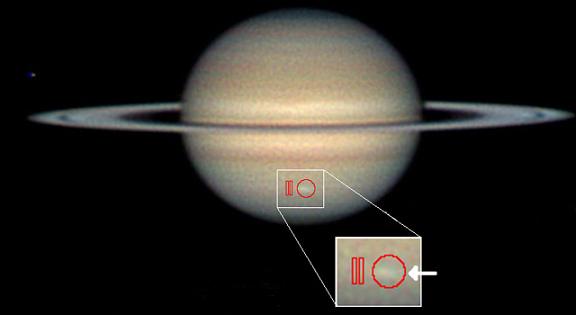E
EarthlingX
Guest
Re: Cassini Equinox Mission (Cassini's two year extension).
:mrgreen: If i refrain from quoting poetry (haiku ?), i can try and say, this images rise high on the awesomeness scale :geek: :mrgreen:
:mrgreen:
They are humbling, is my next effort .. :roll:
:mrgreen: If i refrain from quoting poetry (haiku ?), i can try and say, this images rise high on the awesomeness scale :geek:
They are humbling, is my next effort .. :roll:















































